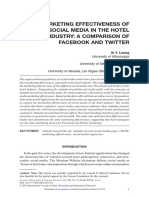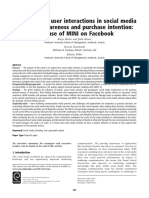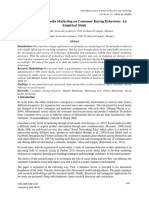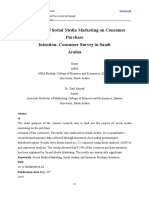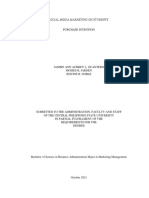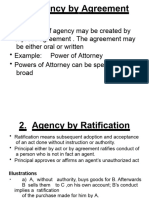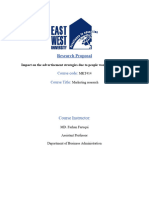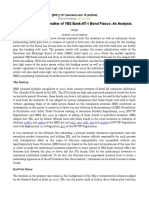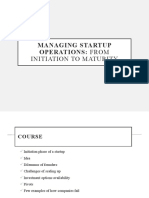0% found this document useful (0 votes)
18 views4 pagesGraphical Model
This document contains a literature review on young consumer attitudes toward social media marketing. It proposes six hypotheses about how brand awareness, information, promotion, customer trust and loyalty, customer knowledge, and attitude impact young consumer attitudes. Figures are included that graphically depict the relationships between these concepts and how they influence social media marketing and consumer perception.
Uploaded by
afranfahim2017Copyright
© © All Rights Reserved
We take content rights seriously. If you suspect this is your content, claim it here.
Available Formats
Download as DOCX, PDF, TXT or read online on Scribd
0% found this document useful (0 votes)
18 views4 pagesGraphical Model
This document contains a literature review on young consumer attitudes toward social media marketing. It proposes six hypotheses about how brand awareness, information, promotion, customer trust and loyalty, customer knowledge, and attitude impact young consumer attitudes. Figures are included that graphically depict the relationships between these concepts and how they influence social media marketing and consumer perception.
Uploaded by
afranfahim2017Copyright
© © All Rights Reserved
We take content rights seriously. If you suspect this is your content, claim it here.
Available Formats
Download as DOCX, PDF, TXT or read online on Scribd
/ 4

